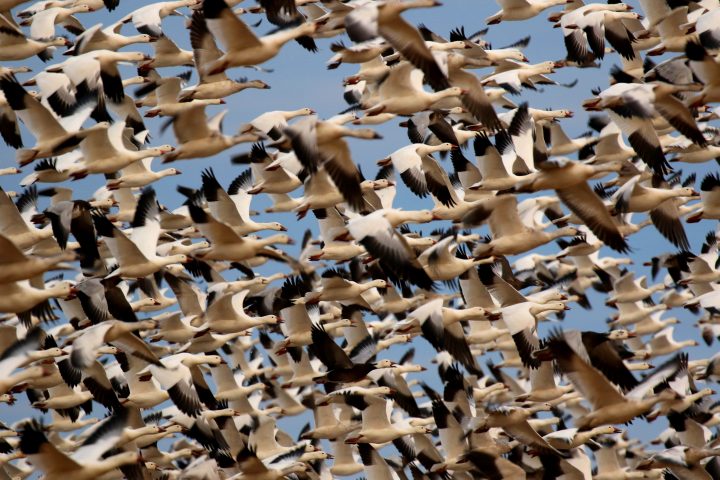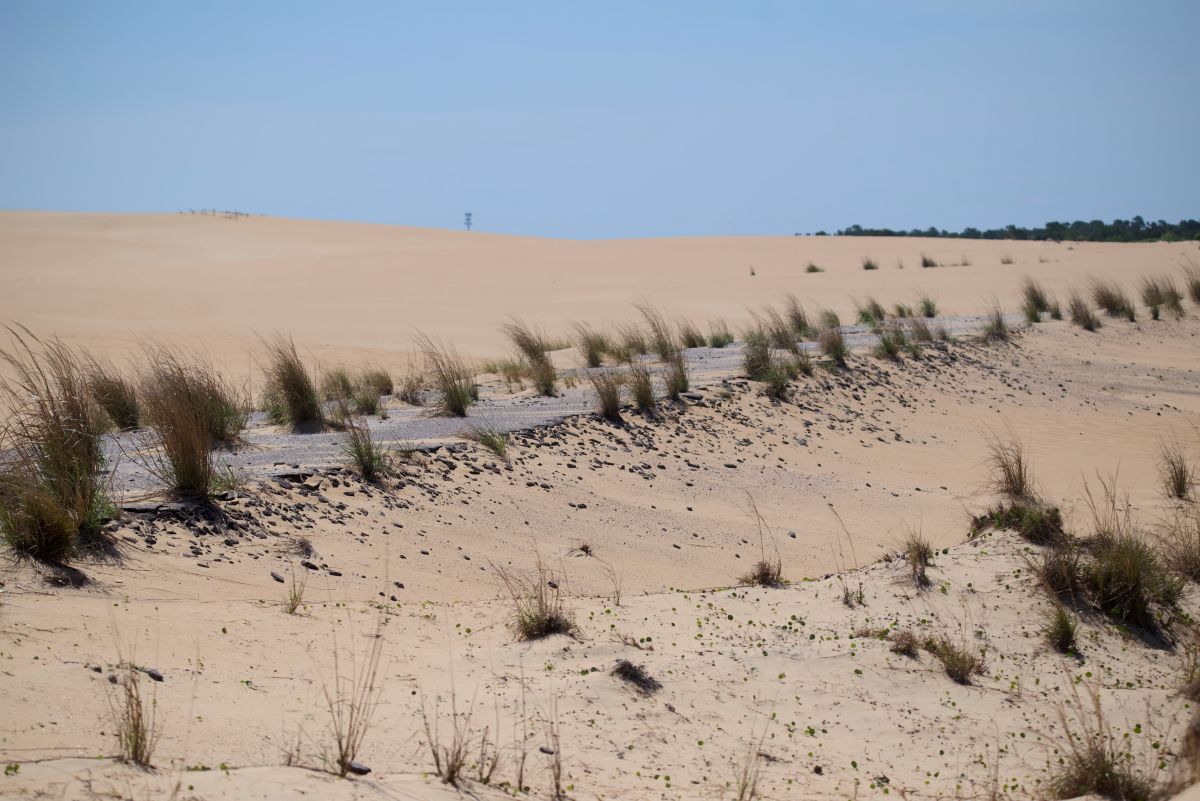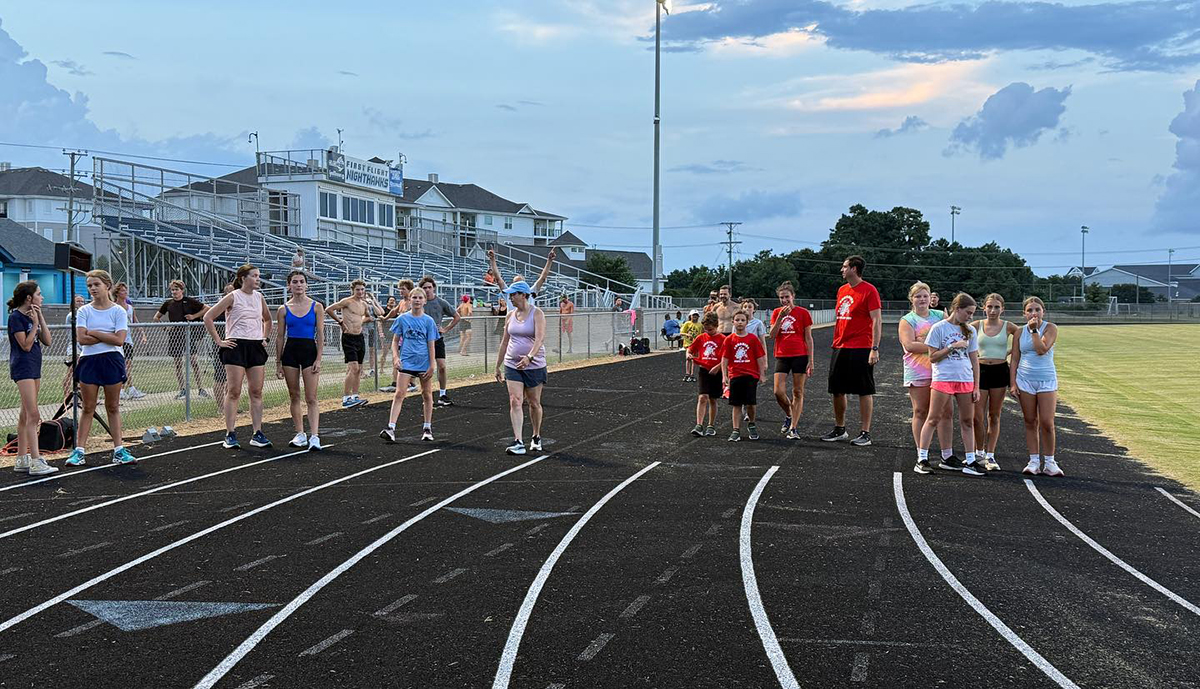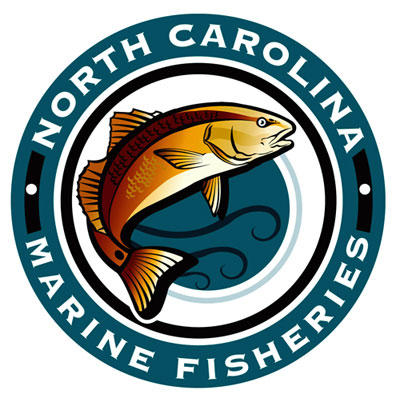
Nearly 100 bird species migrate to North Carolina this time of year and the North Carolina Bird Atlas needs help recording these sightings.
Birders, hunters and conservation enthusiasts are encouraged record their bird observations for the rest of the year for the North Carolina Bird Atlas, a project to mobilize thousands of volunteer birdwatchers across the state to log all bird species over the next five years.
Supporter Spotlight
The North Carolina Wildlife Resources Commission organizes the effort, and officials ask that observations made now through Dec. 31 be recorded in eBird, an online source to input bird sightings. The Early Winter Bird Atlas season began Nov. 1.
The data collected will help state wildlife officials, land managers and organizations make conservation decisions and contribute to peer-reviewed papers, thousands of student projects, and help inform bird research worldwide, according to the commission.
Places to observe birds such as snow geese and fox sparrows range from the backyard to open bodies of water, according to the commission.
“Shrubby areas that provide cover and plants that have berries through the winter, such as Winterberry Holly and Eastern Red Cedar, provide great opportunities for bird sightings,” said Paula Mandarino, birding trail coordinator.
Mandarino added that seed producing trees, such as American Beech and various oaks, attract foraging flocks of Wild Turkey and Northern Bobwhite; and forests and shrublands provide ample cover for White-throated Sparrows, Dark-eyed Juncos and other species.
Supporter Spotlight
“In open grasslands, you might find Horned Larks and Northern Harriers. In fields full of thistle, goldenrod and other plants that produce seeds, you might find flocks of foraging Goldfinches or Carolina Chickadees,” said Mandarino.
Other partners in the project include North Carolina State University, the North Carolina Natural Heritage Program, Audubon North Carolina, the U.S. Fish and Wildlife Service, the University of North Carolina at Wilmington and Catawba College.
For more information, such as getting-started guides, tutorials and winter atlas techniques, visit www.ncbirdatlas.org.








